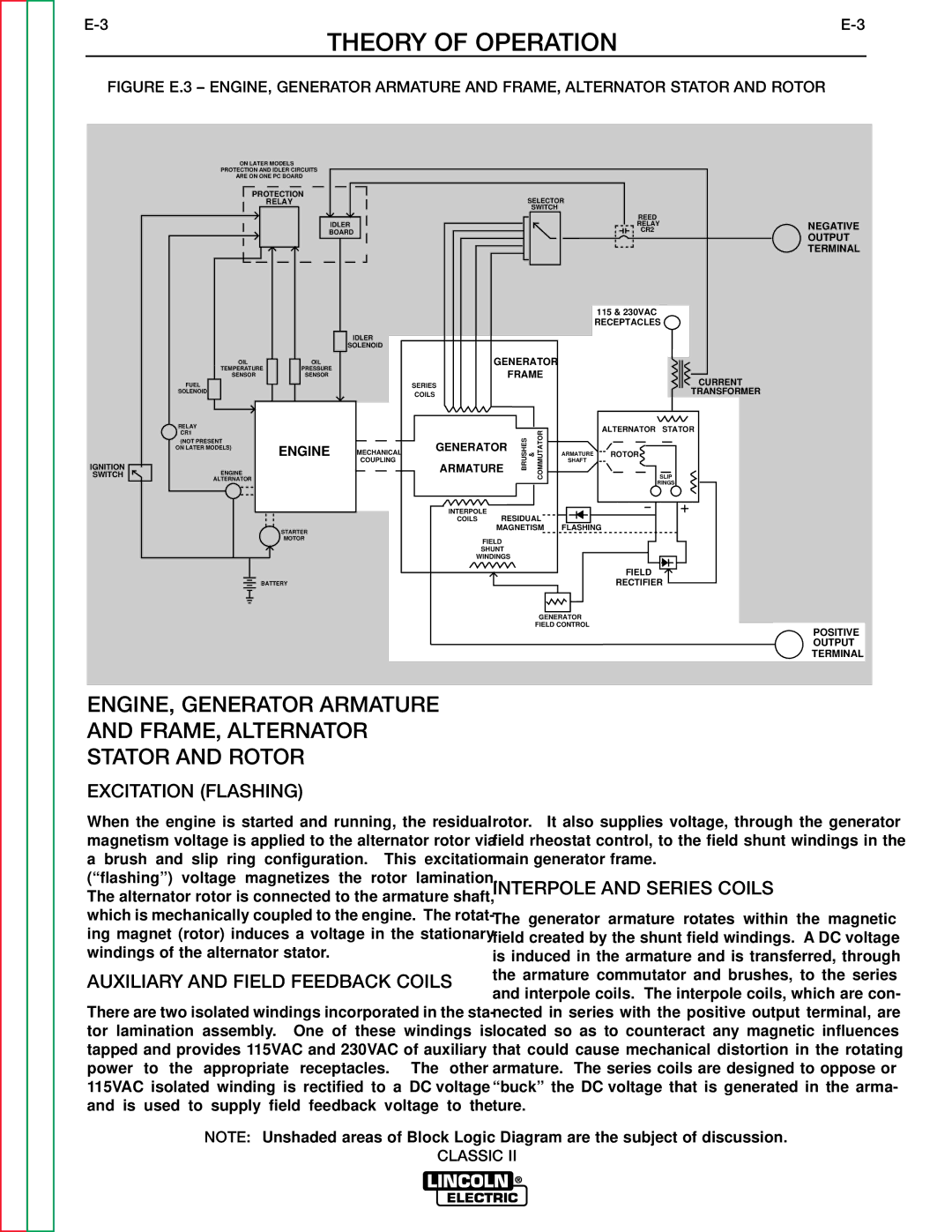SVM125-A specifications
The Lincoln Electric SVM125-A is a versatile and highly efficient welding machine that has gained significant recognition in the welding industry. Designed for both professionals and enthusiasts, this machine combines advanced technology with user-friendly features to deliver outstanding performance in a range of welding applications.One of the standout features of the SVM125-A is its Inverter Technology. This cutting-edge technology allows for lightweight and compact design, making the machine highly portable. The inverter technology also provides a steady arc, which is crucial for achieving clean, high-quality welds. With a duty cycle of 125 amps at a 60% duty cycle, this welding machine can handle a variety of materials and thicknesses, from thin sheet metal to heavier structural components.
The SVM125-A supports multiple welding processes, including MIG, stick, and TIG welding. This versatility makes it an ideal choice for diverse welding tasks, whether you're working in a fabrication shop, doing repair work, or engaged in hobbyist projects. The machine features easy switch functionality, allowing users to quickly shift between welding processes without complicated setup.
Another notable characteristic is the machine's user-friendly interface. The intuitive control panel includes clear indicators and knobs that allow for easy adjustments of voltage and wire feed speed. This design is especially helpful for novice welders, providing them with the confidence to make adjustments as needed and ensuring optimal weld quality.
Safety is also a priority with the SVM125-A. The machine is equipped with thermal overload protection, which automatically shuts it down in case of overheating, preventing damage to the unit and ensuring operator safety. Additionally, the machine features a robust construction that emphasizes durability, making it suitable for demanding work environments.
Portability is enhanced through its lightweight design, and the built-in carrying handle makes it easy to transport from one job site to another. The SVM125-A is also compatible with a variety of welding accessories, further increasing its adaptability and functionality.
In conclusion, the Lincoln Electric SVM125-A stands out as a well-rounded welding machine that integrates advanced technology with user-friendly features. Its versatility in welding processes, robust design, and emphasis on safety and usability make it a valuable tool for welders at all skill levels. Whether for professional use or personal projects, the SVM125-A is a reliable choice that delivers exceptional performance and quality.

